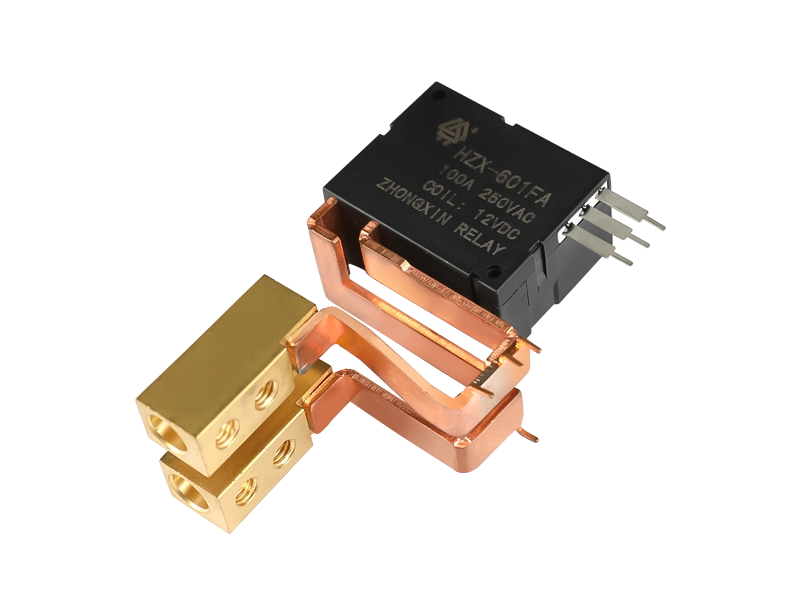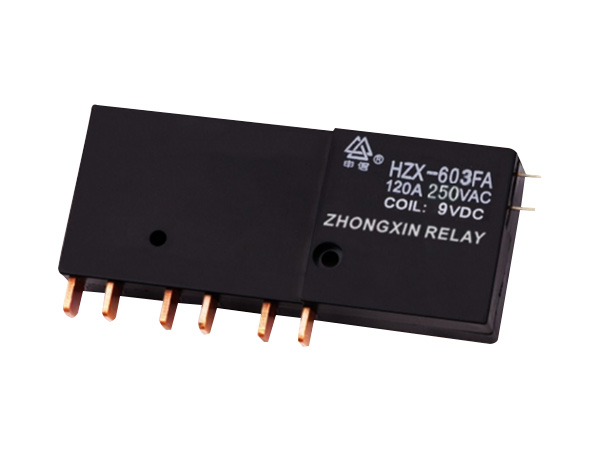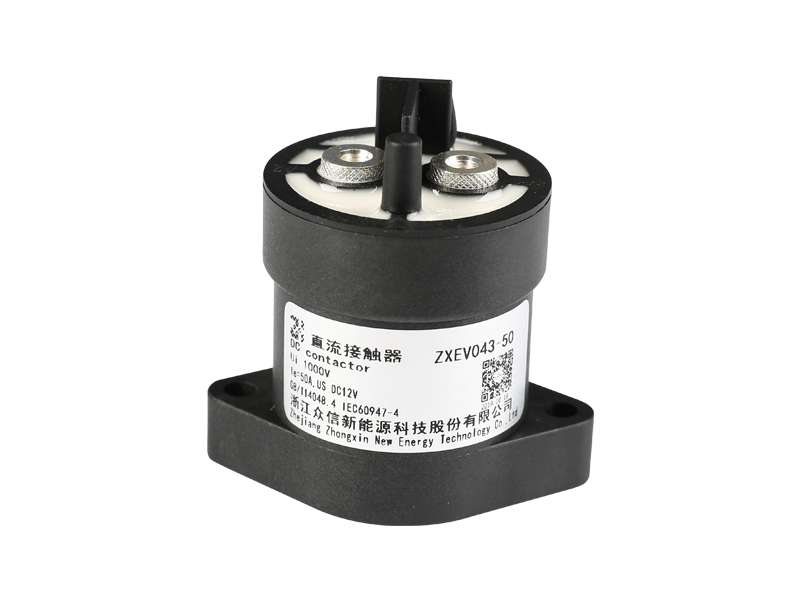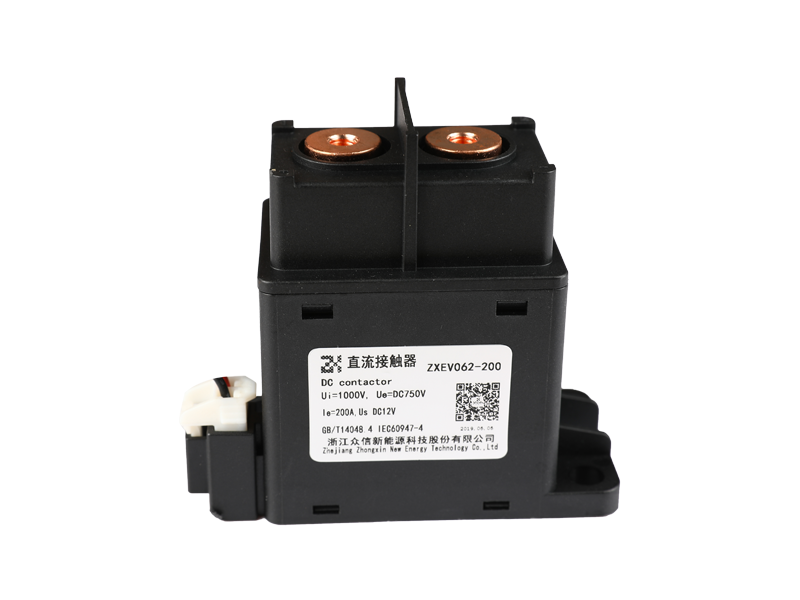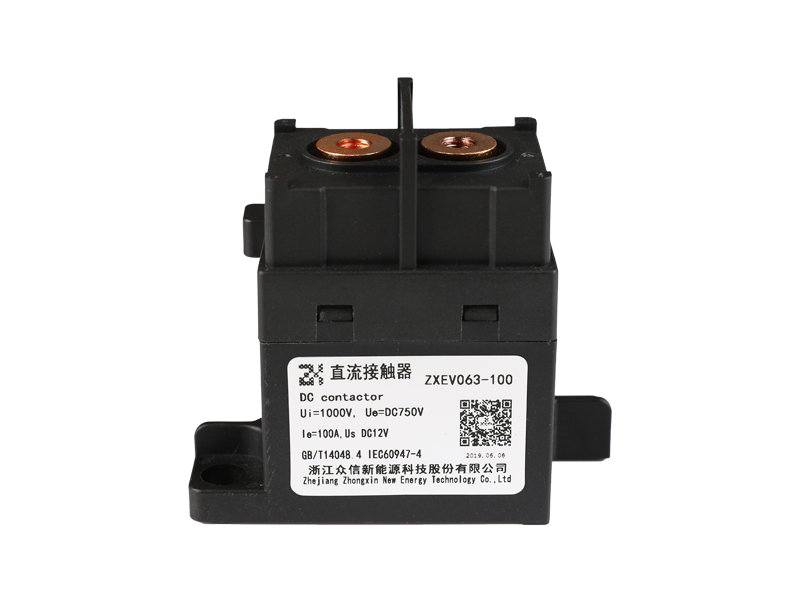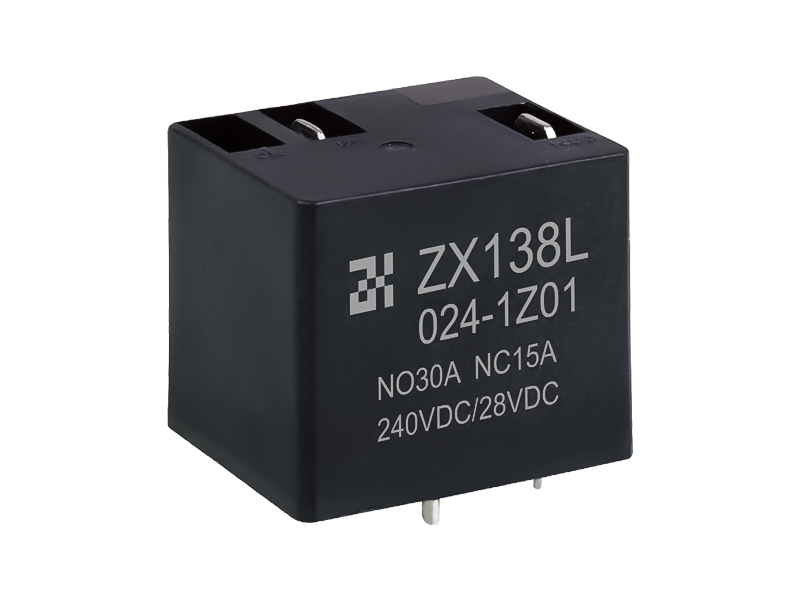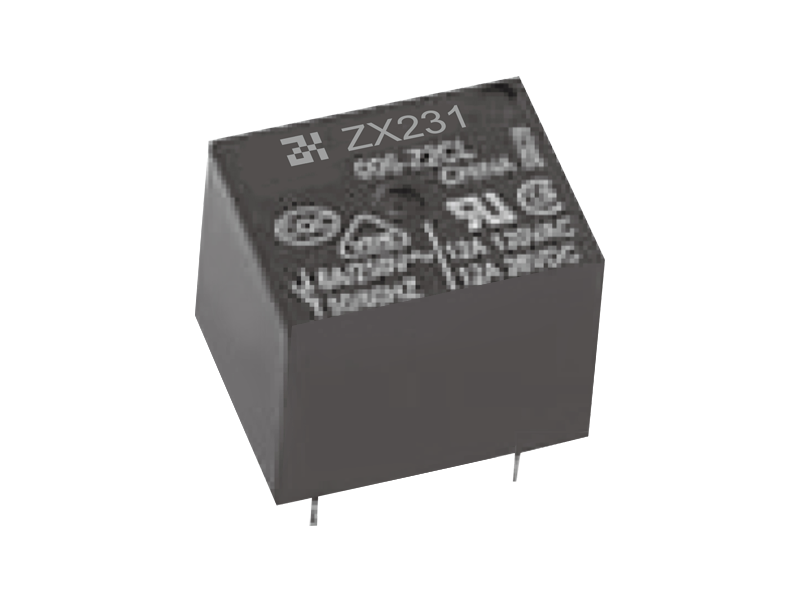How to correctly select the alarm action state of the relay
In the automatic control system alarm and interlocking design, the relay "loss of power" alarm is usually used, because the relay uses the "loss of power" alarm to be more reliable than the "live" alarm. People often ask engineers of Changhui Instrument Manufacturing Co., Ltd.: "The relay is excited when it is normal and loses its excitation when it fails. Does this sentence mean "the power system failure signal should be connected to the normally closed point of the relay?" and other questions. These problems To solve it, we must have a correct understanding of the relay contacts and alarm action status.
Generally, instruments, DCS, and frequency converters with alarm and interlocking functions inevitably use electromagnetic relay, that is, most of them are connected to the alarm and interlock circuits through the contacts of the relay to perform alarm and interlock. What I said above: "Excitation" means that the relay coil is in the "energized" state, and "de-excitation" means that the relay coil is in the "de-energized" state. When an alarm is made, the relay coil is in the "live" or "de-energized" Is the state good? From the perspective of reliability, let's analyze the advantages and disadvantages of the "live" and "de-energized" states.
The relay coil "lives" and acts to make the circuit alarm. This is the most easily understood design, but there is a hidden danger. If the relevant wiring is not connected properly and there is an open circuit, or the power supply of the relay coil has problems, when an accident requires an alarm , The relay coil should act "live". If the relay will not act due to the above reasons, the consequences are serious. If it is changed to "power loss" alarm, once the meter wiring is not connected or open circuit, there will be problems with the power supply of the relay coil, or the meter will fail, there will be no loss of report. The reason is: the relay coil is in the "energized" state when there is no alarm. Once the above abnormal phenomenon occurs, the relay coil will return to the "de-energized" state; the operator and maintenance personnel will find the cause of the alarm because of the "alarm". When it is found that the signal is normal and alarms, it will look for other reasons and eliminate the fault to restore the alarm circuit to normal, so as to avoid the occurrence of non-alarming. Obviously, the relay adopts "power failure" alarms more reliable than "live" alarms.

